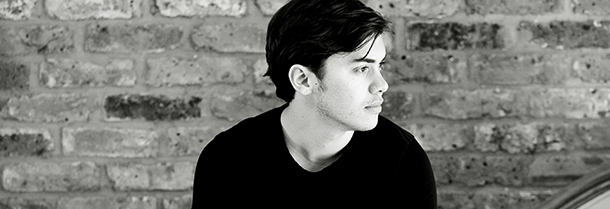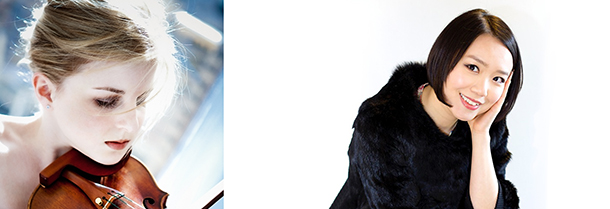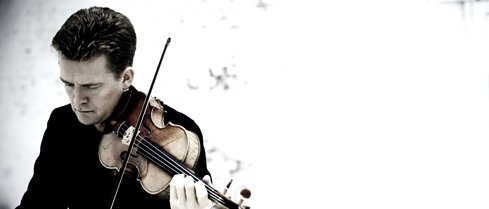Tag: violin
-
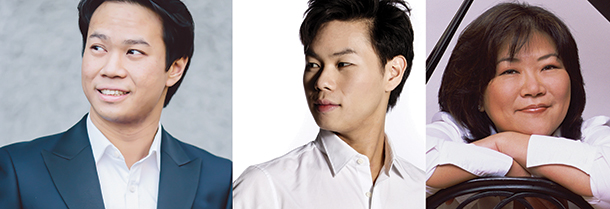
PROGRAM NOTES: NIKKI AND TIMMY CHOOI AND ANGELA CHENG
Claude Debussy Sonata in G minor for violin and piano The sound of Debussy’s music confounded many of his contemporaries. From a tonal point of view, it floated in stasis in a world of pastel sounds that arrived at their destination more by whim than by design. How, they asked, could what he composed actually…
-
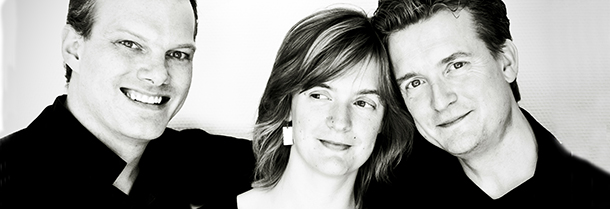
PROGRAM NOTES: TETZLAFF-TETZLAFF-VOGT TRIO
Wolfgang Amadeus Mozart Piano Trio No. 1 in B-flat Major K 502 The piano trio developed out of the ‘accompanied’ keyboard sonata, a makeshift compositional genre that attempted to compensate for the weak ‘tinkly’ tone of the early fortepiano (forerunner of the modern pianoforte) by the addition of a violin to reinforce the singing line…
-
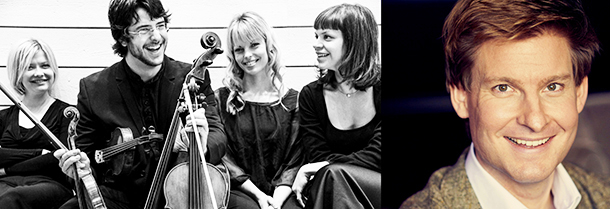
PROGRAM NOTES: CHIAROSCURO QUARTET AND KRISTIAN BEZUIDENHOUT
Franz SchubertString Quartet No. 14 in D minor (“Death & the Maiden”) Schubert’s “Death and the Maiden” string quartet is a sombre work, with all four of its movements set in a minor key. It takes its name from the composer’s lied Der Tod und das Mädchen (1817) that provides the theme for the quartet’s…
-
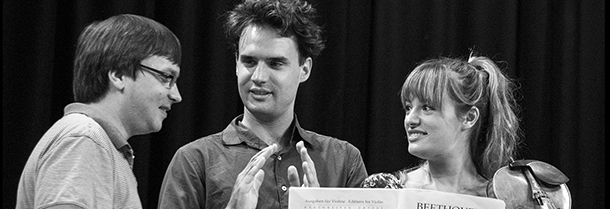
PROGRAM NOTES: BENEDETTI ELSCHENBROICH GRYNYUK TRIO
Franz Schubert Adagio from Piano Trio in E at Major Op. 148 D 897 Schubert’s Adagio for Piano Trio D 897 was composed in 1827 but only published decades later, under the publisher’s title Notturno. And indeed, the opening section does conjure up images of nighttime serenity, with its heavenly texture of harp-like arpeggios in…
-

PROGRAM NOTES: NIKOLAJ ZNAIDER & ROBERT KULEK
Ludwig van Beethoven Sonata for Violin & Piano in G major Op. 30 No. 3 “Who are you, and what have you done with Ludwig van Beethoven?” Such is the question that Beethoven enthusiasts raised on the Pathétique Sonata, the Fifth Symphony, and the late quartets might wish to ask of the musician responsible for…
-
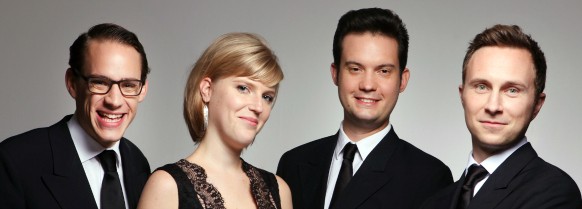
PROGRAM NOTES: DORIC STRING QUARTET
FRANZ JOSEPH HAYDN String Quartet in D minor, Op. 76, No. 2 Those of us wondering in our spare moments what a happy retirement consists of might do well to consider the case of one Franz Joseph Haydn, whose life in the years 1796-97, when his collection of six string quartets Op. 76 was written,…
-
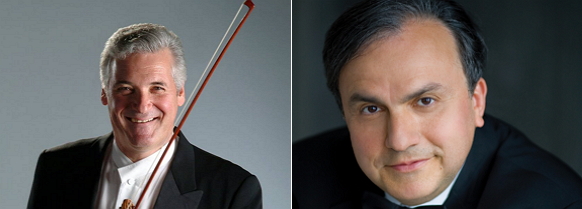
PROGRAM NOTES: PINCHAS ZUKERMAN & YEFIM BRONFMAN
Franz Schubert Sonatina for violin & piano in A minor D. 385 It humbles me to think, paraphrasing Tom Lehrer, that when Schubert was my age, he had already been dead for several decades. Lest I forget, there are his first three sonatas for violin and piano, which he composed in a sprint of creative…


